

Our canine friends love to eat, there's no doubt about that. But, unlike humans, dogs have a bad habit of swallowing anything even inedible items. As responsible pet owners, it is up to you to make sure that your four-legged friend is eating nutritious food. Remember, your pet's diet is the most important factor that determines his health and longevity.
With that, the main topic of the first part of this article series is all about commercial dog food. As you read further, you will discover various tips on how you can choose the right product that will meet your dog’s dietary needs.
Before choosing a healthy food for your four-legged friend, there are certain factors to consider or important details that you must know. Through this, you can assess if your pet will need a special diet or not.
Did you know that certain dog breeds need a special diet? This is especially true if they've inherited certain metabolic disorders like gluten intolerance.
It is a given fact that gluten intolerance is rare in dogs. This is one reason "gluten-free" pet foods are not widely advocated. However, certain dog breeds like the Irish Setters may inherit gluten sensitivity. If your pet has this type of food intolerance, a “gluten-free” meal is a healthy dog food you can opt for.
Another example of a metabolic disorder is the Copper Storage Disease. This hereditary canine condition is medically described as a build-up of copper in your dog's liver, which is commonly observed in Cocker Spaniels. As a precautionary measure, they are typically prescribed with a low-copper diet.
These types of medical conditions are actually one of the very core reasons it is a must that you know everything about your dog's breed. That way, you will be well-informed about any medical conditions your four-legged friend may or may not acquire as he grows old.

Dogs suffering from an ailment need appropriate food while they're recovering. Wet or canned commercial food is typically prescribed when your pet has no appetite. Its rich aroma and flavor can entice them to eat.
Another example is a bland diet for dogs who have an upset stomach. Basically, when your pet is vomiting or suffering from diarrhea, it is best to let their gastrointestinal tract rest. If you're going to feed them, a bland meal is an ideal choice. Mainly because it has low amounts of fat, fiber and lean meat or protein. This allows your dogs to easily digest their food. It also lessens defecation since this type of meal is specifically designed to slow down stool production.
While it is widely documented that only 10% of dog allergy cases are food-related, this is still an issue you can't disregard. As of today, grains like corn and wheat are the most common culprits. But, sometimes, it can also be due to meat products like chicken and fish.
Keep in mind that an allergic reaction is primarily linked to your dog's immune system. Hence, changing dog food brands will not improve your pet's condition as long as the ingredient is still present in the product. The only way to combat this dilemma is to find the primary culprit and to totally avoid that specific substance.
Whenever you're buying commercial dog food products, it is a must to always inspect the list of ingredients. This will ensure that you're purchasing a safe and healthy food for your pets.
With that said, below is a list of dog food ingredients that you must as much as possible try to avoid.

Some dog food manufacturers produce batches of rainbow-colored kibble. This may capture your attention. But, does your pet need that kind of food?
You have to remember that your canine friend is not a child that you need to entice every now and then for him to eat. A healthy dog will eat anything even if their food is not gourmet-looking.
In reality, food coloring will not improve your pet's appetite. Aside from that, it will not offer any health benefits for your pets. In fact, some chemicals used to color these products may even harm your pets.
You can include animal fat and internal organs in your pet's diet. Basically, offal like liver is a good source of essential nutrients when given fresh, raw or slightly seared.
When it comes to processed food, these specific dog food ingredients are raising some concerns. Mainly because some manufacturers get these ingredients from “4-D meat sources.” To be precise, “4-D meat sources” are low quality meat products that are usually rejected for human consumption. How so? Well, the term 4-D stands for: animals that are apparently considered “Dying, Disabled, Diseased or Dead” before the butchering process starts.
So, unless manufacturers can give you enough information about their primary sources of animal fat and byproducts, it would be best to avoid these types of dog food ingredients.
It is a typical manufacturing practice to include preservatives as ingredients. Through this, a product will have a longer shelf life or expiration date.
The problem with this method is the use of chemical preservatives. If you're scanning a product's label, you've probably seen chemical names like propylene glycol, ethoxyquin or BHA. All these mentioned chemicals are typically linked to several health controversies.
Take propylene glycol for example. Although the Food and Drug Administration (FDA) has deemed it to be safe for both human and animal consumption, it still raises a lot of negative reactions from a myriad of consumers. Mainly because this specific substance is usually found in antifreeze and auto-care products.
As a worry-free move, you can opt for natural preservatives like vitamin E, C and rosemary extract. These substances are not as potent as those chemicals mentioned above. But, it is a guarantee that the product is safe and healthy for your pets.
Throughout the years, giving dogs a daily dose of carbohydrates is a debatable topic. Nonetheless, several studies have shown that it is not detrimental to your pet's health.
The problem starts when the most abundant ingredient in a product is fillers like corn, wheat and soy. Several studies have presented that a lot of pet food manufacturers use these kinds of ingredients as a low-cost alternative for meat. This strategy might be beneficial and good for their financial perspective, but not so good for your beloved canine friend's health.
Keep in mind that those mentioned dog food ingredients are hard to digest. The longer your four-legged friend digest their food, the longer it stays in their digestive system. This will inevitably lead to a bulky and smelly stool due to sulfur accumulation.

Aside from that, these products are also known mediocre sources of proteins. To make matters worse, some companies use genetically modified corn or soy as fillers. As you know, Genetically Modified Organisms (GMOs) are one of today's most controversial topics when it comes to health, both in humans and in animals.
As a good rule of thumb, you can opt for “grain-free” products or those with minimal percentages of healthy carbohydrates like barley, brown rice, quinoa and rolled oats.
To check if your current brand has a lot of fillers, you can soak it in water for about 15 minutes. If it inflates or become sponge-like, it is a clear sign that the product has more than the required amount of grain or carbohydrate.
Nowadays, choosing a healthy dog food can be frustrating, especially if you're not familiar with all the fancy terms manufacturers use in their product's label. But, don't worry, here are more tips you can use when choosing commercial dog food.

Feeding your pets commercial products has a lot of advantages, provided that it is made of high quality dog food ingredients. However, with the rise of capitalism, finding a highly nutritious product that will meet your dog's preferences and dietary requirements is a daunting task.

Nevertheless, there are still some manufacturing companies that opt for quality. But, you have to ask, research and meticulously inspect product descriptions or labels to find a healthy dog food that is ideal for your pets.
Another option you can do is to give your dog supplements like multivitamins. This is typically prescribed if your commercial dog food brand is not meeting your pet's dietary needs.
If you're having trouble finding the right brand, you can also opt for a natural diet or unprocessed meals. This feeding method may be time-consuming, but you are guaranteed that it is safe, fresh and highly nutritious.
With that said, in the sequel of this article entitled "Canine Nutrition and Wellness Part 2: Feeding Your Dogs Homemade and Unprocessed Meals," you will read more about the different human or whole foods that you can feed to your canine friends.
The part 3 of this article series entitled "Canine Nutrition and Wellness Part 3: To Give or Not to Give Your Dog Supplements?" may also provide more information about dietary enhancements for your dogs.
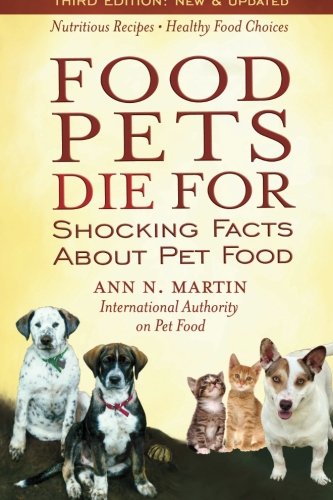 Food Pets Die For: Shocking Facts About Pet Food
Food Pets Die For: Shocking Facts About Pet Food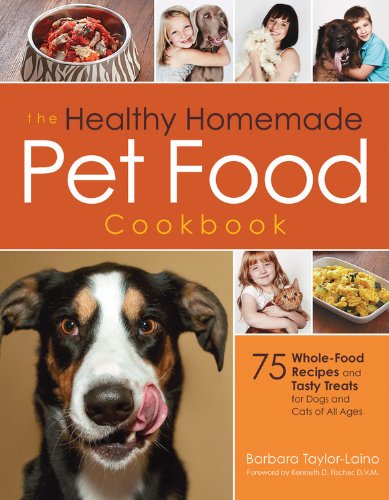 The Healthy Homemade Pet Food Cookbook: 75 Whole-Food Recipes and Tasty Treats for Dogs and Cats of All Ages
The Healthy Homemade Pet Food Cookbook: 75 Whole-Food Recipes and Tasty Treats for Dogs and Cats of All Ages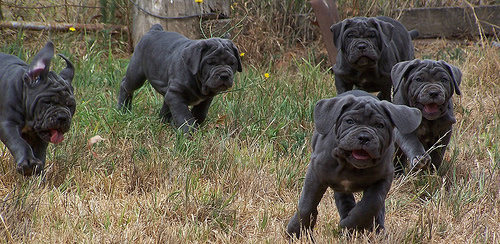 Choosing A Good Dog Breeder: A Guide For How To Choose a Reputable Breeder
Choosing A Good Dog Breeder: A Guide For How To Choose a Reputable Breeder
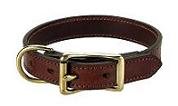 English Bridle Leather Dog Collars
English Bridle Leather Dog Collars
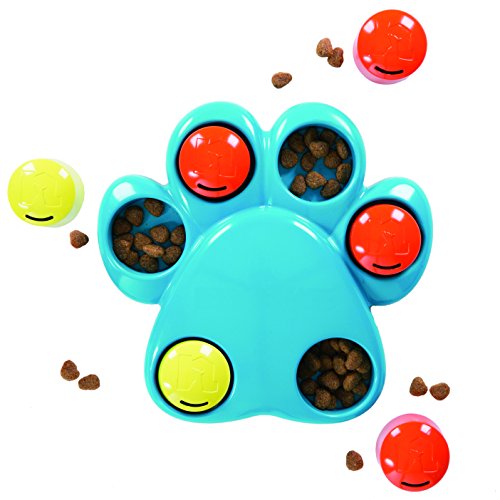 13 Unusual Things You Didnt Know Your Dog Really Enjoys
13 Unusual Things You Didnt Know Your Dog Really Enjoys
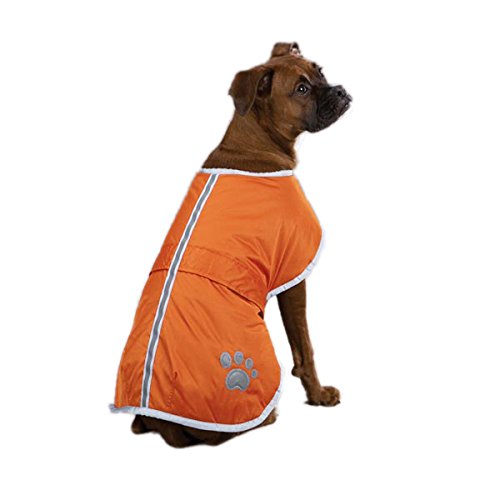 Dog Coats for Winter
Dog Coats for Winter
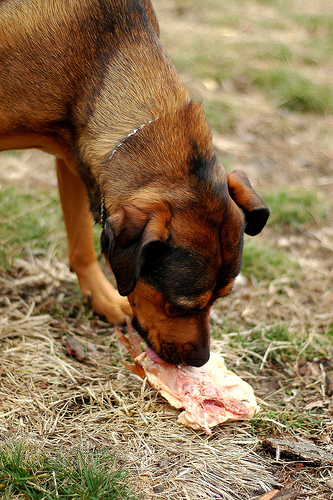 Raw Feeding: Some Simple Facts and Advice For You & Your Dog
Raw Feeding: Some Simple Facts and Advice For You & Your Dog
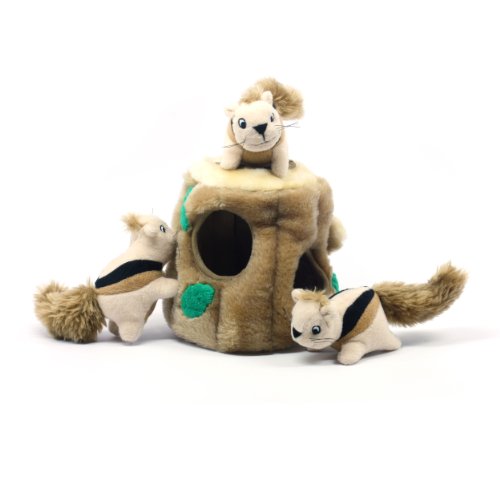 How to Exercise Your Dog: The Benefits and Tips For Exercise
How to Exercise Your Dog: The Benefits and Tips For Exercise
Copyright © 2005-2016 Pet Information All Rights Reserved
Contact us: www162date@outlook.com